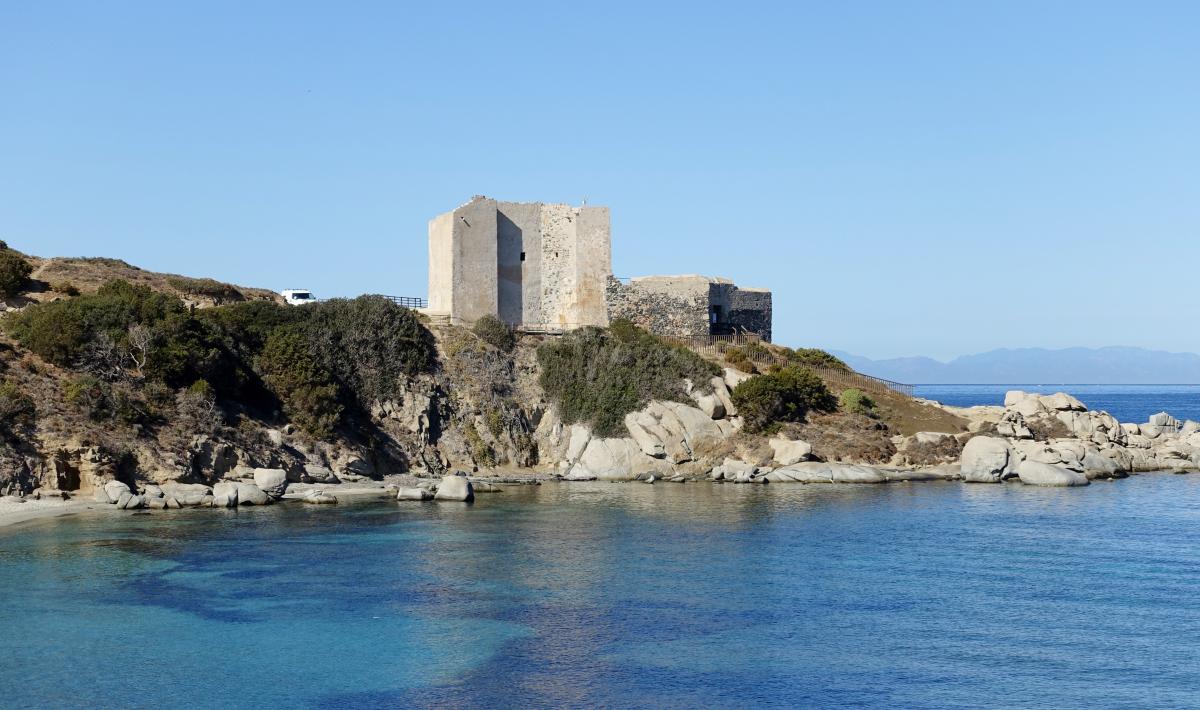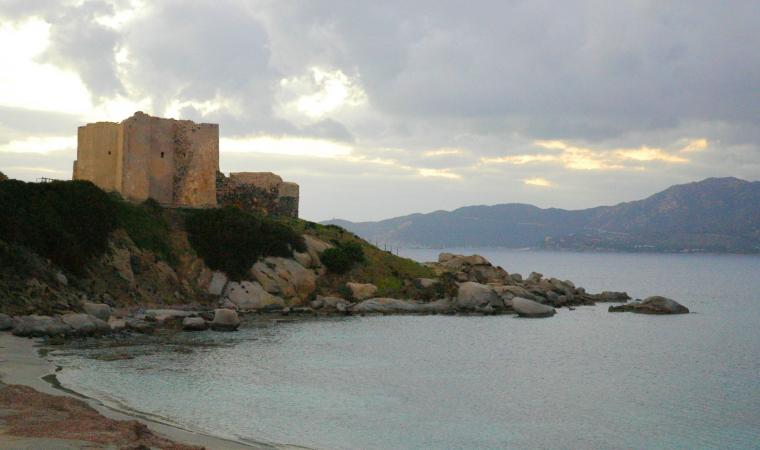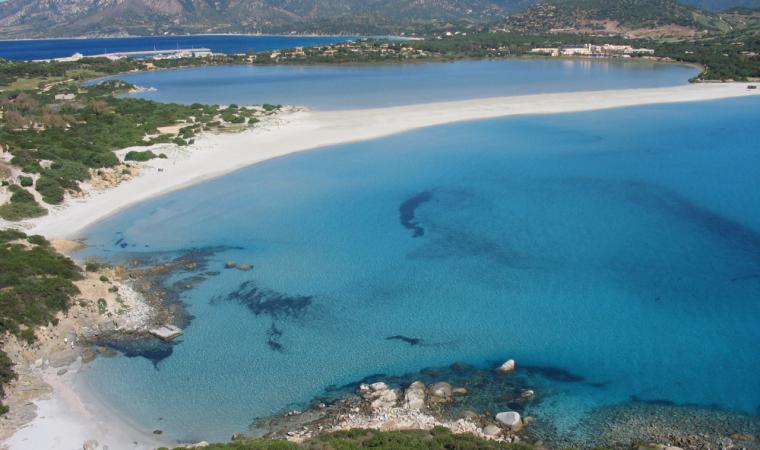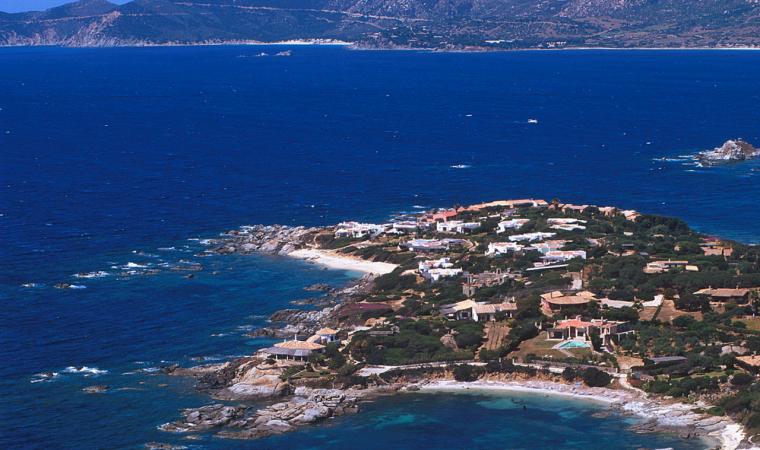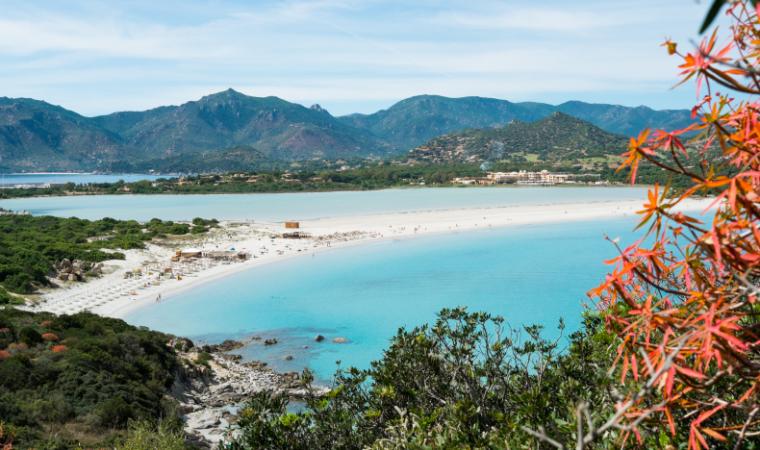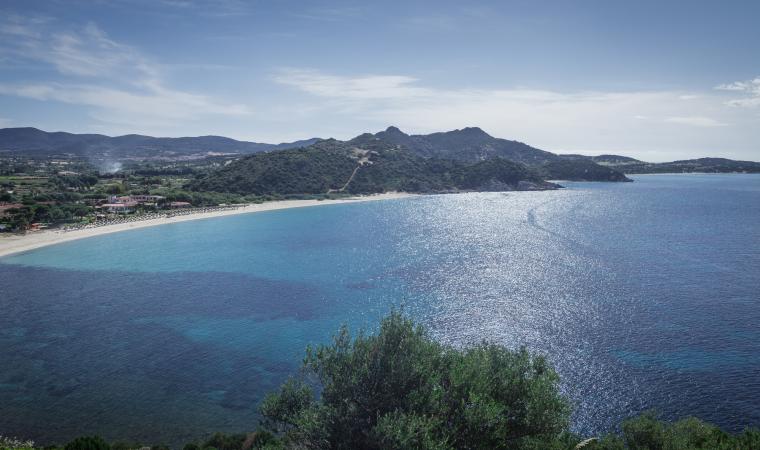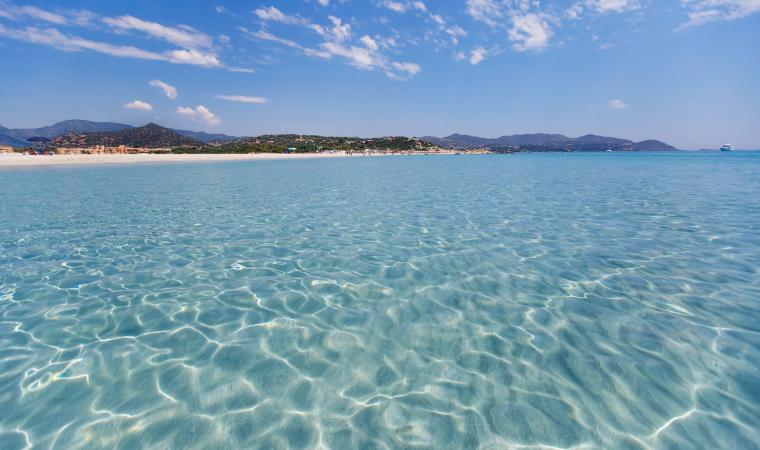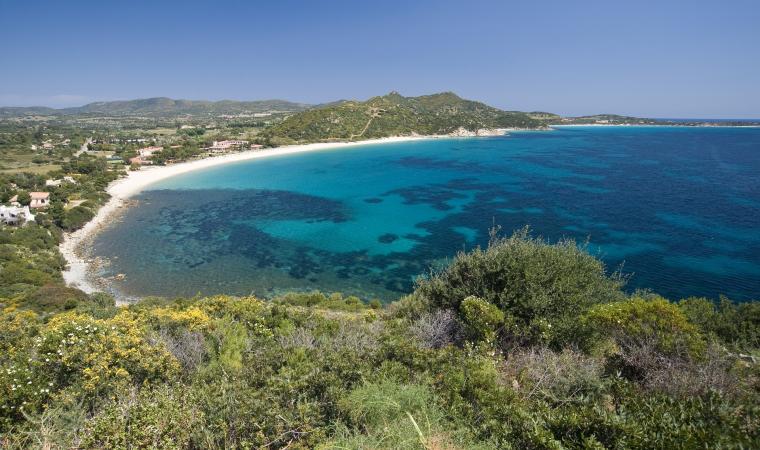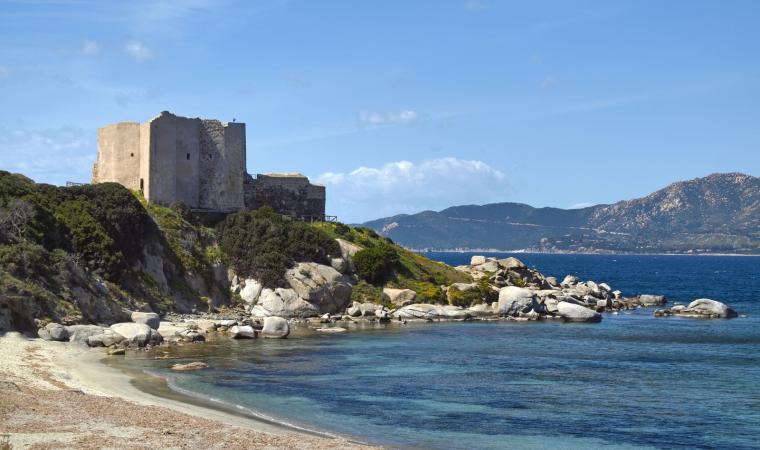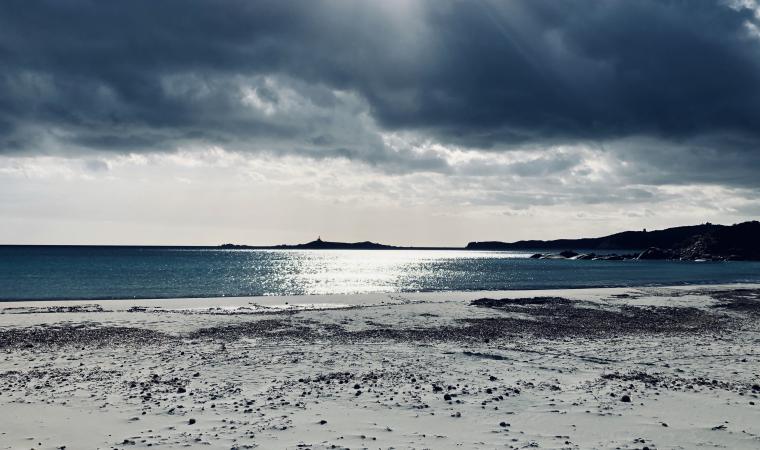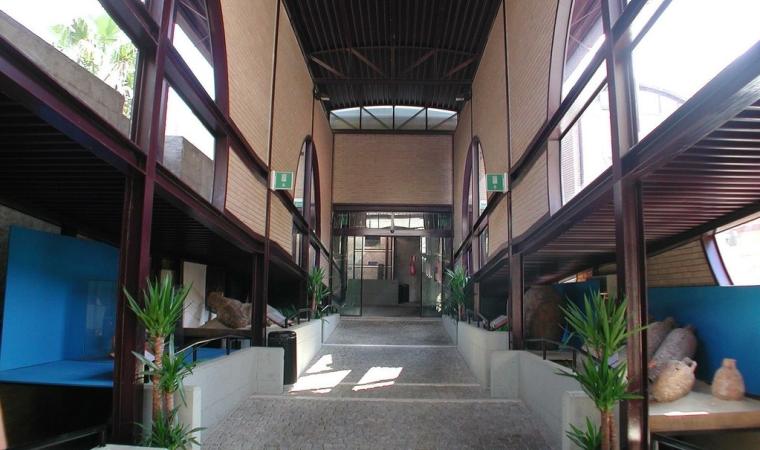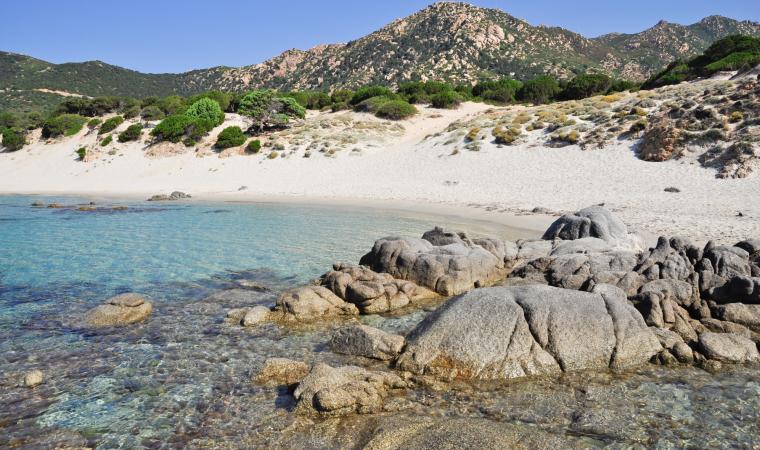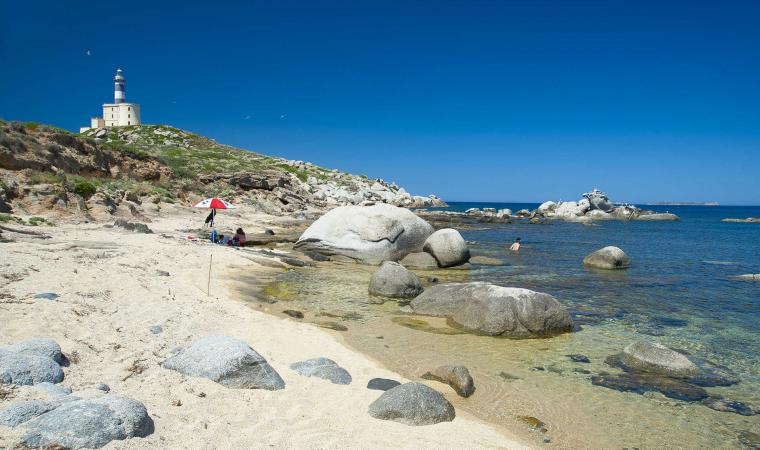One of the many picture postcard landscapes that the Golfo degli Angeli (Gulf of Angels), has to offer, is a picturesque one to the west of Capo Carbonara: a sheer rocky promontory overlooking the sea, with an ancient watchtower standing above it, at the foot of which there is a tourist port and a welcoming, sheltered beach next to it. The setting is three kilometres from the town of Villasimius in a southerly direction: a Spanish-era defensive structure known as the Old Fortress has been standing here for more than five centuries. It is still in excellent condition and it contains a museum exhibition. Like all sixteenth-century coastal fortifications, the tower was built to defend the territory from barbarian incursions. Its origin is even older, perhaps dating back to the 14th century, which would correspond to its triangular-shaped central body, around which a structure with four towers was later built. A boundary wall with two entrances and an internal courtyard was joined to the fortification. The tower was subjected to further restoration at the end of the 18th century, before falling into disuse in 1847. From its embrasures, you can see the towers of Capo Boi and Porto Giunco, as well as the lighthouse of Capo Carbonara, where a fourth tower stood during the Spanish era but it is no longer there. An exhibition area has been set up outside the Old Fortress for the permanent exhibition ‘Enemigos de la fè, pirates and coastal defenders’. The exhibition is divided into thematic areas and illustrates the history of the raids on the Sardinian coasts by Turkish-barbarian pirates between the 16th and 19th centuries, chronicles on piracy in Antiquity and in the Byzantine-Judicial period and historical notes on coastal fortifications.
At the base of the promontory, a curved beach of white sand with golden reflections and a few shells opens up and is washed by a crystal clear sea with waters varying between blue and emerald green. To the right of the beach, there is the modern tourist port of Marina di Villasimius, the largest landing place along the southeastern coast of the Island, from which you can set off on a trip to Isola dei Cavoli, Serpentara, Cala Pira and the area around the marine protected area of Capo Carbonara, which includes the promontory and the beach of the Old Fortress.
On the opposite side of the port, you will find the beach of Riso (meaning Rice), which gets its name from its sand, made of grains of white quartz smoothed by the sea and resembling grains of rice. The sea here also reflects shades of green and blue. Beyond the opposite side of Capo Carbonara, the ‘jewels’ of Villasimius appear one after another: Porto Giunco, Simius, is Traias and Punta Molentis.

